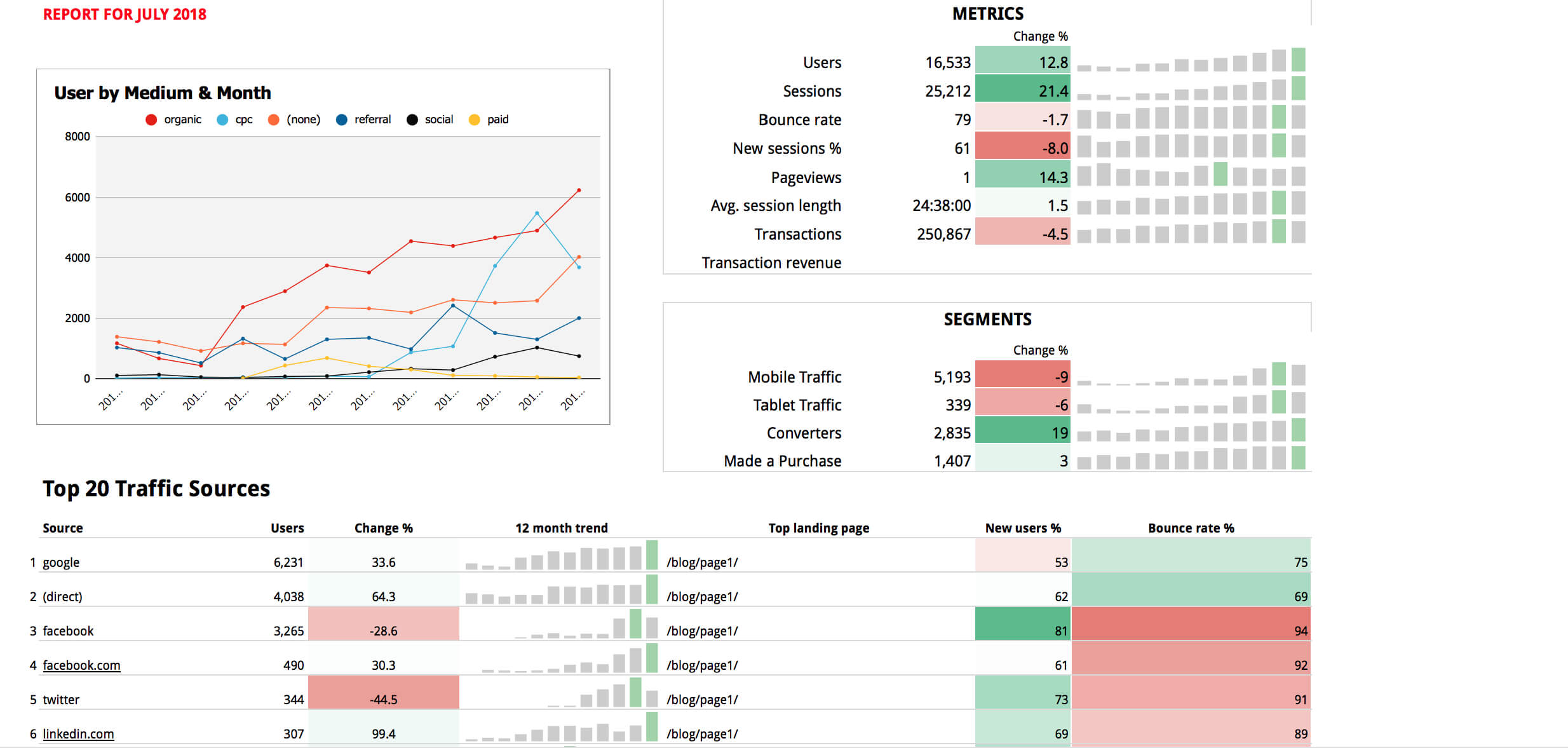

What data will you track in your Google Sheet? Google Sheets is more unwieldy than a real CRM, so upfront planning is a good idea. If you’re confident a Google Sheets CRM is right for your business, here’s how you can make a robust and useful Google Sheets CRM template. That way, you can avoid the hassles of importing your Google Sheet to a CRM later. If you really want to future-proof your business, it’s a good idea to go with a lightweight CRM like Copper from the start. Google Sheets is better used as a CRM spreadsheet for small, simple businesses.

It’s fine for where you are right now, but your business probably won’t stay at this level forever. Sure, a Google Sheet CRM means you can manage contacts more quickly than you could if they were in your email inbox. Since you can’t see all of your customer touchpoints and contacts at once, there’s a good chance you’ll send incorrect or irrelevant messages to the wrong customers.
Google sheets templates manual#
You’re losing data (or customers): With manual entry in tools like Google Sheets, it’s impossible to track everything. This can really slow you down if you have a lot of leads. With a Google Sheet, you have to filter through the data, read notes, and manually take action. You need accountability: A CRM system gives you the freedom to assign tasks based on entries or custom fields in your database. This means you’ll do more manual data entry and waste more time without the benefit of third-party automation. You want the power of third-party apps: Google connects with plenty of services, but Google Sheets won’t talk to QuickBooks, Asana or other third-party applications the way a CRM will. Plus, if you’re using Google Sheets as a sales CRM template to calculate your team’s sales commissions, it’s not really fair to them because you can’t see the total sum of their efforts in a simple sheet. If you give everyone edit access to the Google sheet, we guarantee someone will accidentally delete important data. You have more than 2 salespeople: Google Sheets works fine if it’s just you and maybe two other employees on the sales team, but it gets messy and confusing for larger teams. The CRM spreadsheet can even become glitchy and slow if you put too much data in it, which probably isn’t what you want. You have a large business or a large volume of data: Do you have a lot of contact records or customer data? A Google Sheet CRM template will become a living nightmare if you fill it with too much data. More often than not, you’ll need to go with a proper CRM if: Of course, that doesn’t mean plugging your CRM data into a Google Sheet is the best idea. Learn which businesses get the most value out of Google Sheets and 5 steps to quickly set up a Google CRM template. You won’t be able to track everything with this method, but you can definitely monitor a handful of leads, contacts and opportunities.Ĭurious how businesses use Google Sheets as CRM templates? While Google Sheets might not have enough firepower for many situations, you can use it in a pinch while your business is growing. Of course, Google Sheets is designed to be a spreadsheet tool, just like Excel spreadsheets-not a CRM. That’s why it’s not unusual for solopreneurs and freelancers to create CRM templates of their own using Google Sheets. You don’t want a complex, enterprise-level CRM system that’s impossible to use without hiring a consultant. Thanks to automation, data tracking and collaboration, you can track everything from current customer data to sales opportunities.īut if you’re a smaller business, it doesn’t always make sense to pull the trigger on a tool or app for your business. A customer relationship management (CRM) platform gives you a lot of extra power in your business.






 0 kommentar(er)
0 kommentar(er)
